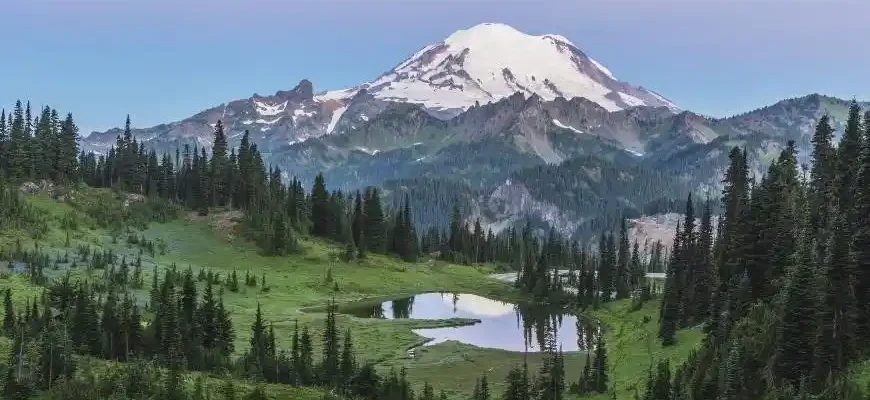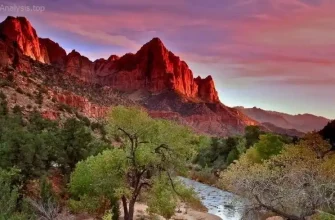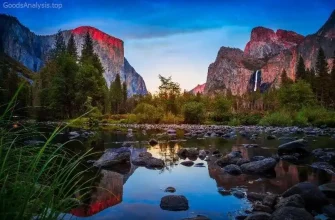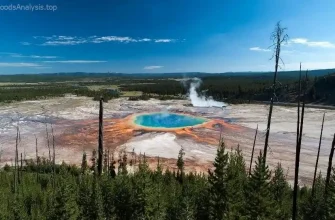Mount Rainier National Park is a majestic treasure nestled in the heart of Washington state. Known for its towering, snow-capped peak and breathtaking landscapes, this national park is a haven for outdoor enthusiasts, photographers, nature lovers, and those simply seeking a connection with the wild beauty of the Pacific Northwest. Whether you’re a seasoned hiker, a family on vacation, or someone looking to immerse yourself in nature, Mount Rainier offers an unforgettable experience. Here’s everything you need to know to make the most of your visit to this awe-inspiring destination.
1. What Makes Mount Rainier National Park Special?
Mount Rainier National Park is a true gem of the Pacific Northwest, offering a stunning combination of rugged mountains, alpine meadows, ancient forests, and cascading waterfalls. Here are the key features that make the park special:
- Mount Rainier (14,411 feet): The centerpiece of the park and one of the tallest volcanoes in the Cascade Range, Mount Rainier is an active stratovolcano that dominates the landscape. Its iconic snow-covered summit is visible from much of the surrounding area, providing a breathtaking backdrop to the park’s wilderness.
- Glaciers: The park is home to 25 named glaciers, including the Nisqually Glacier, which is easily accessible from the Paradise area. These glaciers carve the mountain’s slopes, offering visitors dramatic vistas and a sense of awe at the power of nature.
- Wildflower Meadows: The park is renowned for its wildflower displays, especially in late summer when fields of vibrant flowers like lupine, Indian paintbrush, and avalanche lilies blanket the landscape. The Sunrise and Paradise areas are particularly famous for their colorful meadows.
- Rich Biodiversity: The park’s diverse ecosystems support a wide variety of wildlife, including black bears, elk, mule deer, mountain goats, and a variety of bird species. The park also offers a wealth of plant life, from dense old-growth forests to alpine tundra.
- Waterfalls and Rivers: With over 150 waterfalls, including the majestic Comet Falls and the dramatic Christine Falls, Mount Rainier National Park is a water lover’s paradise. Streams and rivers fed by the mountain’s glaciers create powerful cascades and crystal-clear pools.
2. Visitor Tips & Practical Information
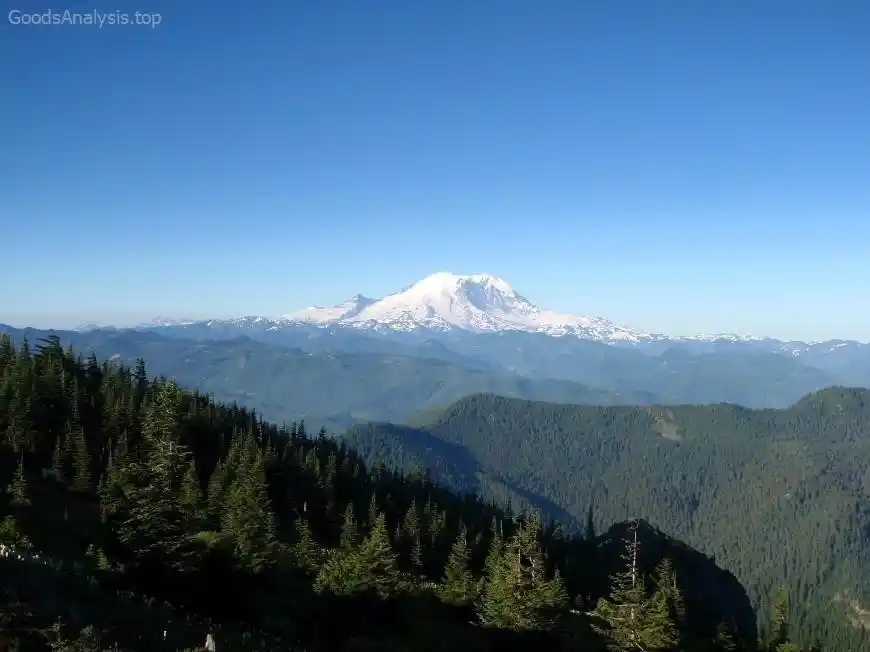
- Best Time to Visit: The best time to visit Mount Rainier National Park is between late June and September, when most of the park’s roads and trails are accessible, and the wildflowers are in full bloom. However, if you’re an avid skier or snowshoer, the winter months (December through March) offer opportunities for snow sports, though road access may be limited.
- Opening Hours: Mount Rainier National Park is open year-round, though some areas close during the winter due to snow. The visitor centers are typically open from May to October, and road access varies depending on weather conditions. Check the park’s official website for up-to-date information on road closures.
- Entry Fees: The park charges an entrance fee of $30 per vehicle (valid for 7 days). Annual passes and America the Beautiful passes are also accepted. There are discounts for seniors and those with disabilities.
- Accessibility: Mount Rainier is committed to making its natural beauty accessible to all visitors. The park offers some accessible trails, such as the Paradise Loop Trail and Reflection Lakes, as well as accessible visitor centers. However, some of the more rugged trails and backcountry areas require a higher level of fitness and preparation.
3. History and Cultural Significance
Mount Rainier holds profound historical and cultural importance, both to indigenous peoples and to the broader national park movement.
- Indigenous Peoples: The park is located within the traditional homelands of several Native American tribes, including the Puyallup, Nisqually, and Yakama tribes. These peoples have lived in the region for thousands of years, using the land’s resources for fishing, hunting, and gathering. The mountain is sacred to them and is referred to as “Tacoma” by the Puyallup Tribe, which means “snow-clad.”
- Establishment of the Park: Mount Rainier National Park was established on March 2, 1899, making it the fifth-oldest national park in the United States. It was designated to preserve the mountain and surrounding wilderness areas, and it quickly became a popular destination for hiking, mountaineering, and wildlife observation.
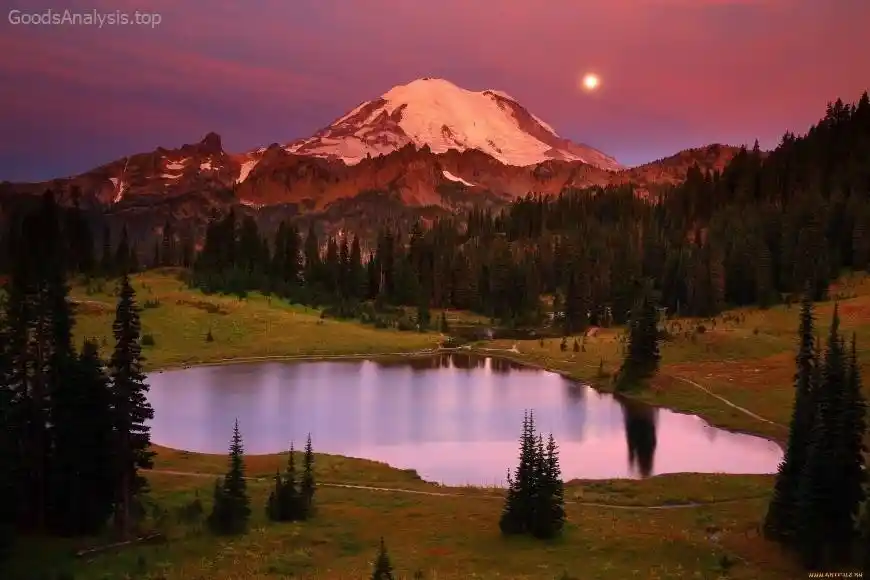
4. What to Expect When You Visit Mount Rainier National Park
When you step into Mount Rainier National Park, you’ll immediately feel the sense of awe that comes from standing at the foot of such an immense and majestic mountain. Whether you’re visiting the Paradise area, the Sunrise summit, or exploring the vast wildflower meadows, the park offers a variety of experiences:
- Paradise: Located at 5,400 feet, Paradise is the most popular destination in the park, offering breathtaking views of Mount Rainier, hiking trails, and a historic visitor center. The Paradise area is especially famous for its wildflower meadows in the summer, and it’s the starting point for the Skyline Trail, a 5.5-mile loop offering panoramic views of the mountain, glaciers, and valleys below.
- Sunrise: The Sunrise area, accessible by car (weather permitting), is the highest point in the park that can be reached by road. At 6,400 feet, it offers stunning sunrise views over the mountain and the surrounding peaks. Sunrise is also a prime location for wildlife sightings and offers several scenic hiking options, including the Sunrise Nature Trail.
- Mowich Lake: For a more tranquil experience, head to Mowich Lake, a beautiful and remote area perfect for camping, picnicking, and hiking. The lake is framed by forests and rugged peaks and offers a peaceful alternative to the busier Paradise area.
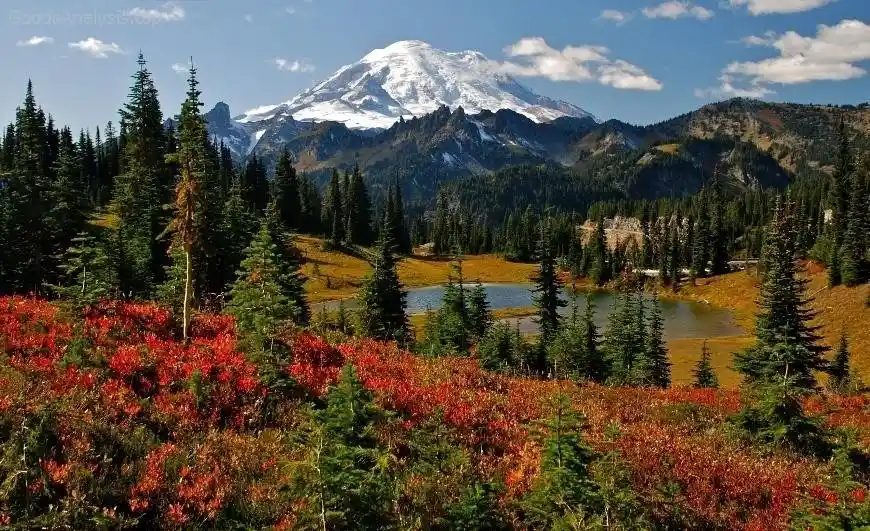
5. Nearby Attractions and Dining Options
While Mount Rainier is the main draw, there are several nearby attractions that make the region even more worth exploring:
- Longmire: The historic Longmire area is home to the National Park Inn and the Longmire Museum, where you can learn about the park’s history. The area offers several hiking trails, including the Trail of the Shadows, a short interpretive loop perfect for families.
- Chambers Bay: For those seeking more outdoor activities, Chambers Bay offers a golf course set on scenic waterfront land, and it was the site of the 2015 U.S. Open.
- Mount Rainier Scenic Railroad: For a family-friendly experience, take a ride on the Mount Rainier Scenic Railroad, which offers scenic train trips through the forests and rivers surrounding the mountain.
As for dining, options near the park are limited, but there are some good spots to refuel:
- National Park Inn (Longmire): Offers a cozy restaurant with hearty meals and a warm atmosphere, perfect after a day of hiking.
- Paradise Inn Dining Room: Located in the Paradise area, this historic inn serves classic American fare in a rustic setting.
6. Family-Friendly and Group Travel Tips
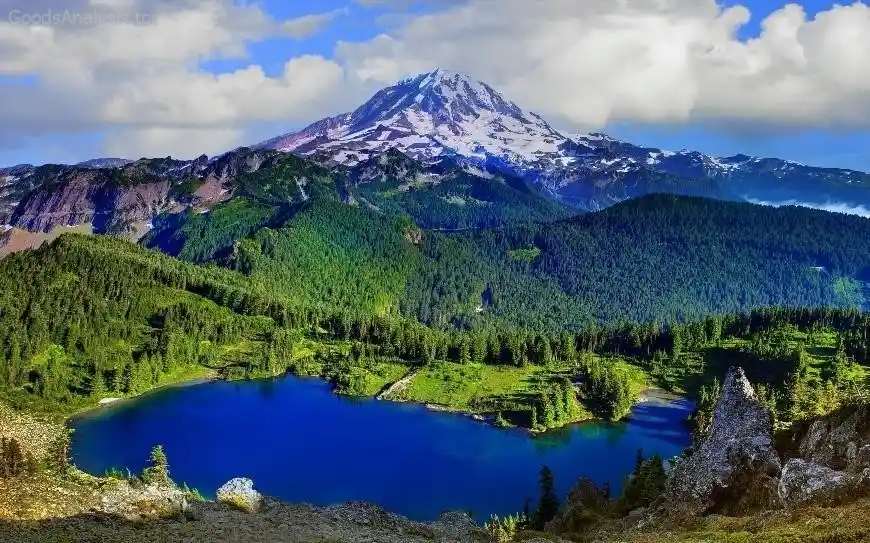
Mount Rainier is an excellent destination for families and groups looking to experience nature together. Here are some tips for a smooth visit:
- Kid-Friendly Trails: Look for short, easy hikes suitable for young children, like the Trail of the Shadows at Longmire or the Reflection Lakes loop, which offers stunning views of the mountain without a strenuous climb.
- Wildlife Viewing: Bring binoculars to spot wildlife. Deer, elk, and mountain goats are frequently seen in the lower elevations, especially near Paradise and Sunrise.
- Picnic Areas: Several picnic areas are scattered throughout the park, perfect for a lunch break, including those near Longmire and Mowich Lake.
7. Instagrammable Moments and Photo Opportunities
Mount Rainier is a photographer’s dream, with countless picturesque spots. Some of the best places to capture the mountain’s beauty:
- Reflection Lakes: Early mornings at Reflection Lakes offer a perfect mirror-like view of Mount Rainier, surrounded by wildflowers.
- Sunrise Point: The Sunrise area provides jaw-dropping views, especially at sunrise when the mountain is bathed in golden light.
- Paradise Meadows: Late July and early August bring vibrant wildflower displays that make for stunning photos.
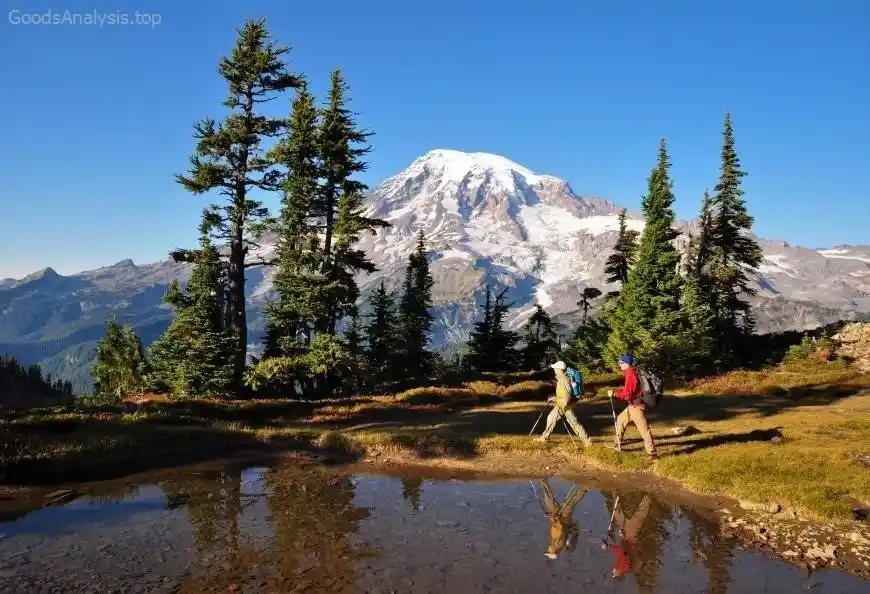
8. Travel Tips and Transportation
- Getting There: The park is located about 2 hours southeast of Seattle (about 100 miles). You can drive to various park entrances, but be prepared for mountainous roads and potential weather-related closures during winter months.
- Public Transportation: There are no direct public transportation options to the park, so driving is your best bet. Consider renting a car if you’re coming from out of town.
- Best Vehicle for Visiting: If you plan on visiting higher-altitude areas (like Sunrise), a 4WD vehicle is recommended, especially if traveling in the spring or fall when snow may still be present.
9. Safety and Etiquette Tips
- Be Bear Aware: While bear sightings are rare, it’s important to follow safe food practices. Keep food and scented items secured in bear-proof lockers or your car.
- Stay on Trails: To protect the fragile environment and ensure your safety, stay on marked trails and follow all posted signs.
- Respect Wildlife: Do not approach or feed wildlife. Always observe from a safe distance.

